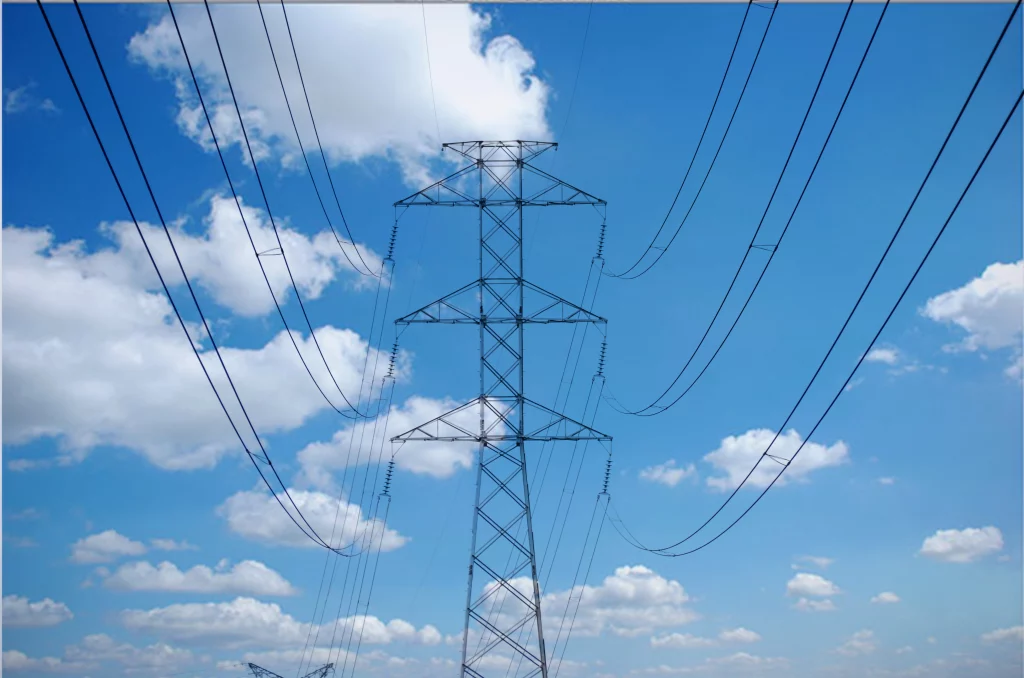General
As Electrical Engineers, there will be a time in our professional careers that we will be tasks to perform options selections in transmission lines. We should be able to determine what factors we need to consider when considering the selection of voltages for transmission lines as per requirement of the loads supplied and the distance in which power will be transmistted.
The maximum transmission voltage is typically chosen to minimize losses and ensure the efficient transfer of power, especially over long distances and high loads. While there isn't a fixed formula for selecting the absolute maximum transmission voltage, the general practice is based on the load (power to be transmitted) and the distance.
General Guidelines for Maximum Transmission Voltage
Load (Power) and Distance Relation. High power over long distances requires higher transmission voltage to reduce current and minimize losses. Power loss due to resistance in the conductor is proportional to the square of the current (P = I²R), so increasing voltage reduces current for the same power, which decreases losses.
Voltage levels typically increase with both increasing distance and power load.
Standard Voltage Selection for Load and Distance
| Load | Distance | Typical Maximum Voltage |
|---|---|---|
| < 10 MW | < 10 km | 11 kV - 33 kV |
| 10 - 50 MW | 10 - 50 km | 33 kV - 132 kV |
| 50 - 200 MW | 50 - 200 km | 132 kV - 220 kV |
| 200 - 500 MW | 200 - 300 km | 220 kV - 400 kV |
| 500 MW - 1000 MW | 300 - 500 km | 400 kV - 765 kV |
| > 1000 MW | > 500 km | 765 kV - 1200 kV (UHV) |
Factors Influencing Maximum Transmission Voltage
- Power demand (MW)
- Higher voltages are needed to handle large power demands efficiently.
- Transmission distance
- Long distances increase transmission losses, so higher voltages are necessary to reduce current and associated losses.
- System stability
- Higher voltages contribute to better system stability and efficiency but require robust infrastructure.
- Environmental and geographical constraints
- The terrain and environmental conditions can affect line routing and may favor higher voltages to reduce the number of transmission lines.
- Economic considerations
- Higher voltages require costlier equipment (transformers, switchgear, etc.), but for long distances, they reduce operational costs by minimizing losses.
